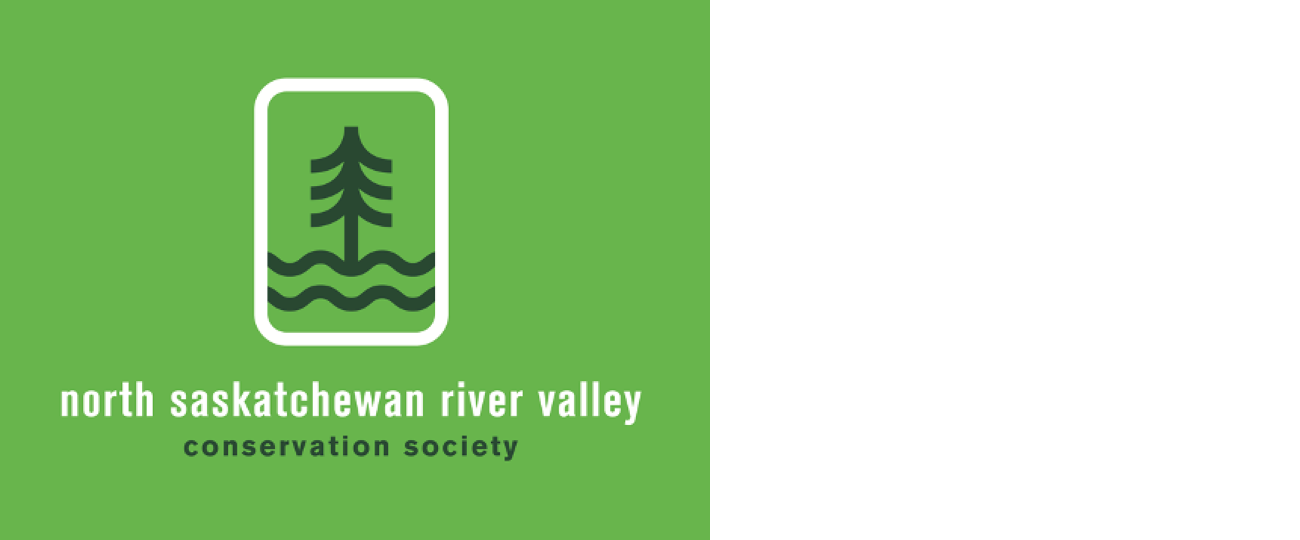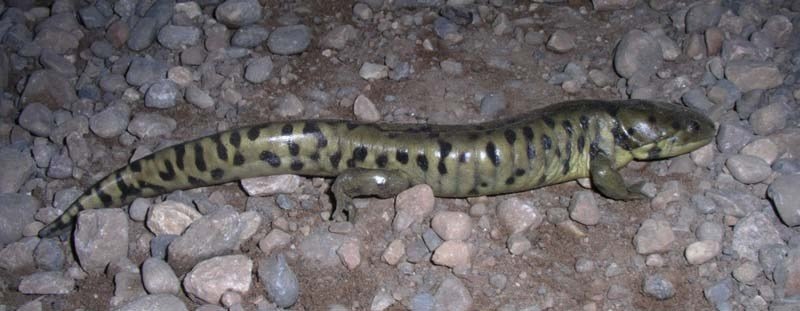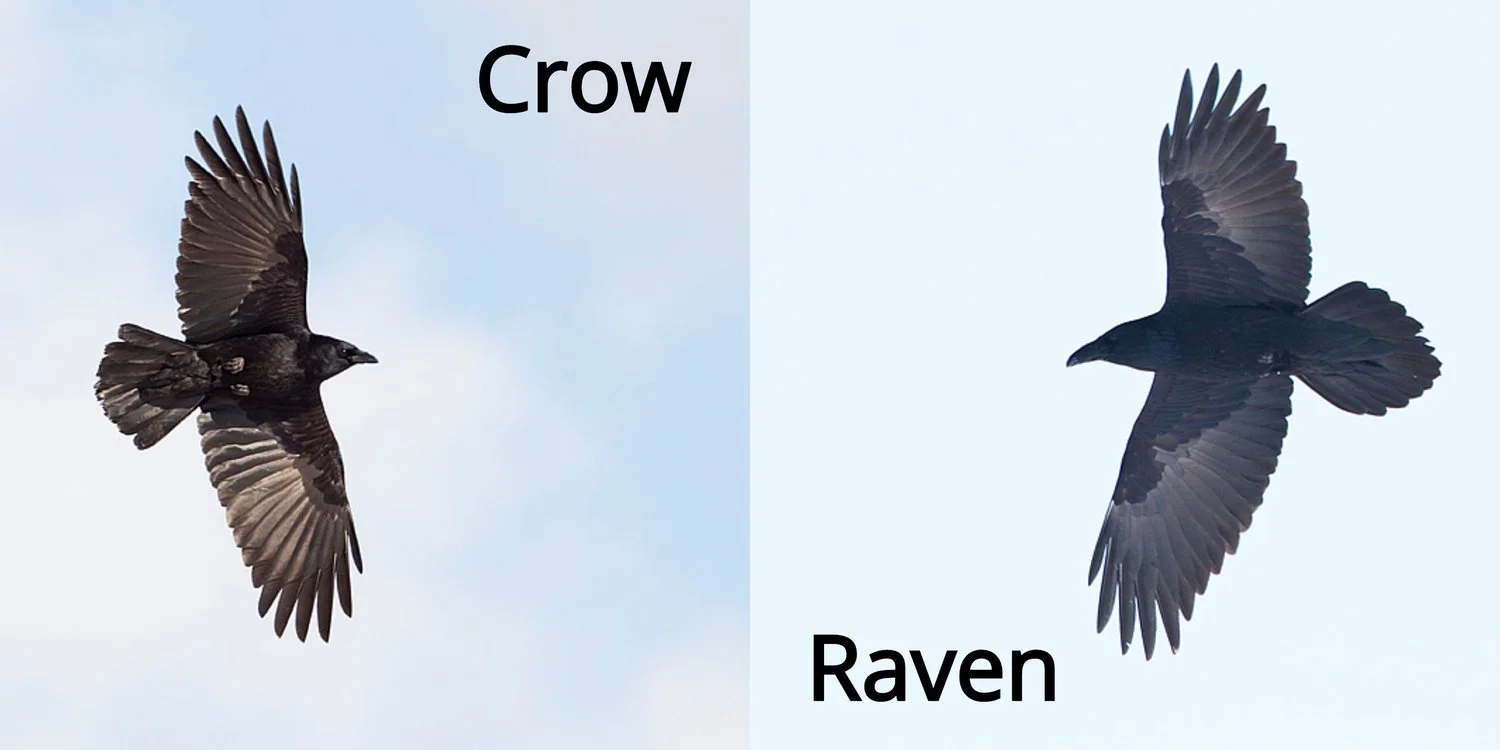Leaf litter an important part of ecosystems
Though the name can be deceiving, leaf litter can be made up of leaves, twigs, fallen bark and other pieces of plant matter. This litter is vital for having healthy soils and plants. It also is an indicator of biodiversity. Worms, snails, spiders, insects, fungi, and bacteria all make leaf litter their home.
When leaf litter accumulates on the forest floor, it releases nutrients like carbon, nitrogen, phosphorus and other organic compounds into the soil through decomposition. These nutrients are then taken in by plants who use them to grow.
Litter also helps control the soil temperature. In the summer, leaf litter keeps the soil moist and damp by protecting it from the sun. In the winter, it acts as an extra layer of insulation, like a nice scarf or pair of mittens, for plants as they wait for spring. https://www.ealt.ca/blog/the-many-meanings-of-litter
Elusive tiger salamanders live in Edmonton area wetlands
Sydney Toni, a knowledge translations specialist with Alberta Biodiversity Monitoring Institute, says scientists know that boreal chorus frogs, wood frogs and tiger salamanders have been visiting wetlands in the Edmonton area. The proof? Environmental DNA, or eDNA, in water samples.
"All organisms shed DNA, be it hairs or tissue, and you can collect that in environmental samples and analyze it to see what's there," Toni says. Native to North America, tiger salamanders spend most of their time living in underground burrows. They don't have a call, like a frog, that would register on audio monitoring equipment.
Amphibians around the world are on the decline due to habitat loss, contaminants, disease, and climate change. There are 10 species of amphibians in Alberta and half of them can be found in the Edmonton area.
Variety of tree species better at fighting climate change
"In Canadian forests, as compared to temperate and tropical forests, tree diversity is low," said Scott Chang, a professor of renewable resources at the University of Alberta. Tree diversity is a term used to describe three specific qualities in our forest environment.
The first two qualities are species richness, which is measured by the number of trees in an area, and evenness, which Chang describes as how equally the species are distributed. The last factor comes down to the actual trees and the different functions they perform in a forest.
Chang said that the implications from recent research should be implemented in the Canadian government's 2 Billion Trees Commitment, an initiative that is working to help organizations plant two billion trees in Canada over the next decade.
"If they can use multiple tree species for instructing those tree plantings instead of just a single tree species, there is a potential benefit that can be gained to increase carbon sequestration," Chang said.
Wildlife passages reconnect natural ecosystems fragmented by urban development
Grant texts “ Check out this link to some Nature Based Solutions comics https://nbscomics.com/#comics
Horses can sleep standing up but must lay down daily to get REM sleep
Wendell emails “Cool article on horses and sleep!”
Indigenous voices lacking in Edmonton’s Hawrelak Park project
Janes writes, “Excellent article about Hawrelak Park project. So many Edmontonians are upset about how this was planned, or rather the seeming lack of planning. The exclusion of an Indigenous perspective is extremely sad as well as disgraceful.”
Carousel by Nicole Galellis, Borden Park. DCMPhotography.ca https://www.edmontonpublicart.ca/#!/details/140
Comment or contribution
Please note that articles may not reflect the position of NSRVCS. River Valley News is meant to be a clearinghouse for the wide variety of opinions and ideas about Edmonton’s River Valley. Email river valley photos, event information, comments, or questions to nsrivervalley@gmail.com
Sincerely yours,
Harvey Voogd
North Saskatchewan River Valley Conservation Society
780.691.1712
















